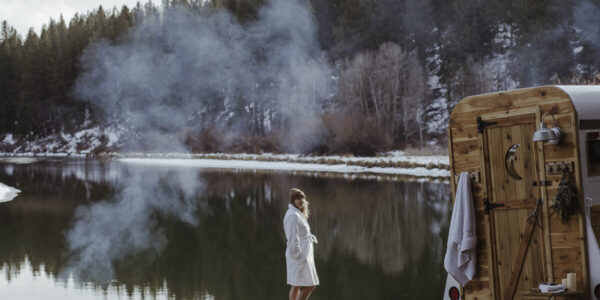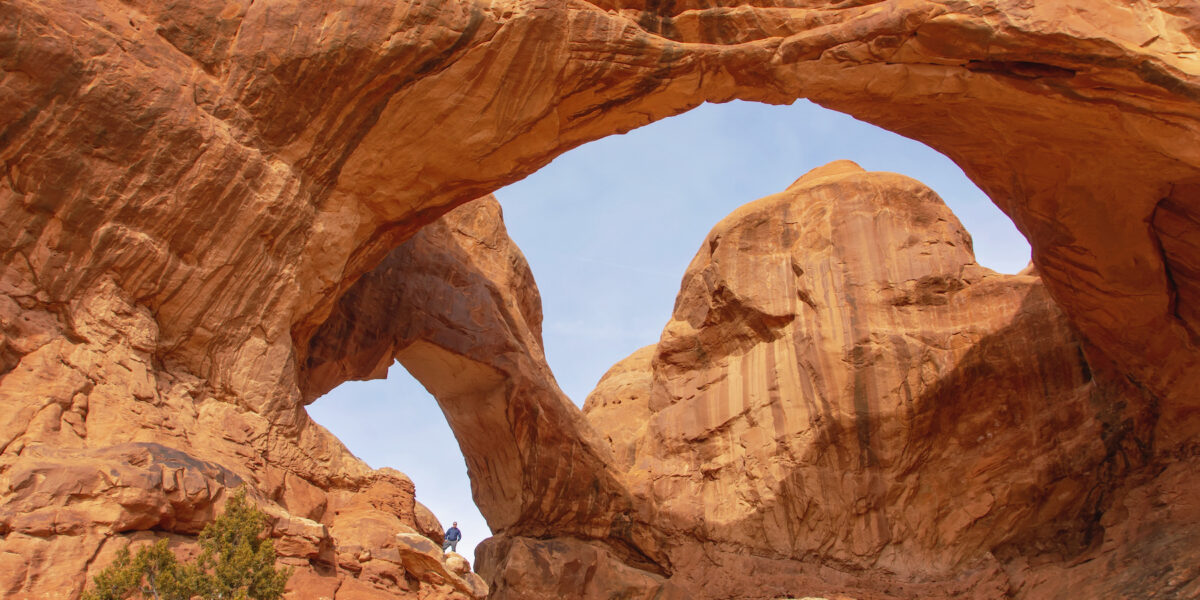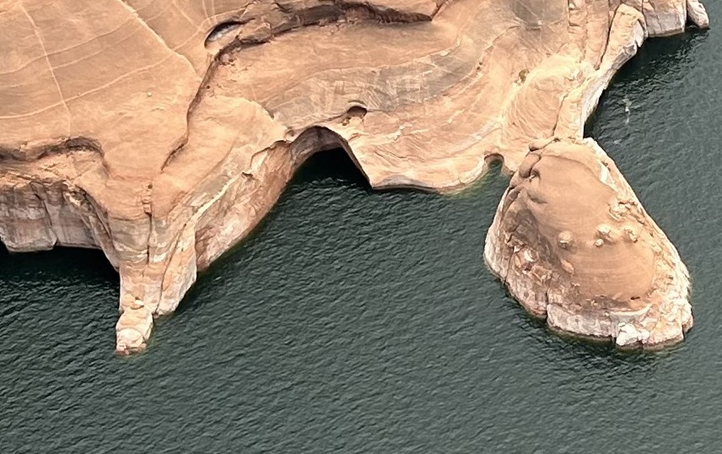
The Iconic Double Arches in Utah Have Collapsed
A geological marvel that was a popular spot for cliff jumping and recreating fell suddenly last week.

The National Parks Service has confirmed that the Double Arches that once stood in the heart of Lake Powell at Rock Creek Bay in Utah’s portion of Glen Canyon National Recreation Area collapsed on Thursday. Once a monumental testament to the raw power and patience of geological forces, the formations, with their elegant curves and towering presence, had drawn countless visitors to marvel at their beauty and craftsmanship. While it’s said that the arches were sculpted over millions of years, the collapse was sudden and swift, a stark reminder of nature’s indomitable will and the ephemeral nature of Earth’s wonders.

National Parks Service
Park rangers and geologists were quick to respond to the arches’ collapse, arriving at the site to assess the damage and ensure the safety of visitors. No one was injured in the collapse of what many referred to as “Toilet Bowl,” “Crescent Pool,” and “Hole in the Roof,” which is comprised of 190-million-year-old Navajo sandstone. Its fall was a natural outcome of the ongoing geological processes that shape our planet; arches, like many other natural formations, are vulnerable to eventual collapse due to the intricate balance of erosion and structural integrity. The National Parks Service said in a statement that changing water levels and erosion from wave action is suspected of contributing to the ultimate collapse of the arch.
“This event serves as a reminder of our responsibility and need to protect the mineral resources surrounding Lake Powell,” said Glen Canyon National Recreation Area Superintendent Michelle Kerns. “These features have a life span that can be influenced or damaged by manmade interventions. While we don’t know what caused this collapse, we will continue to maintain our resource protection efforts on Lake Powell for future generations to enjoy. Please enjoy our resources but leave no trace.”
